
Minimally Invasive Surgery
- Greater surgical precision and smaller incision for :-
- Reduced pain
- Less blood loss (fewer transfusions)
- Less scarring due to smaller incisions
- Shorter hospital stays.
- Faster return to normal activities
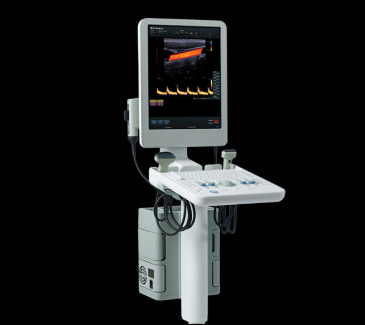
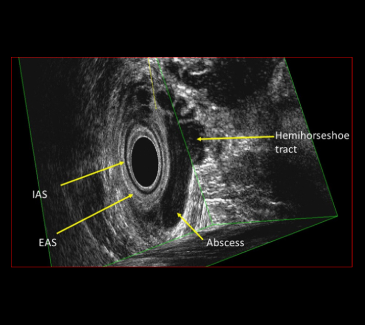
Endoanal Ultrasound
- Provides a detailed 3D multiplanar reconstruction of the anal canal
- Accurate mapping of complex anal fistulas and anal abscesses for precise surgical planning
- Delineates anatomy of anal sphincter
- Rapid, simple and well- tolerated

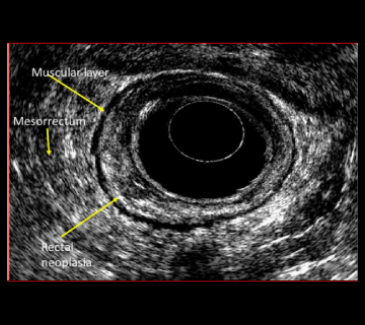
Endorectal Ultrasound
- Enables accurate staging of early rectal cancer
- High resolution and 3D reconstruction to determine depth of tumour invasion and involvement of perirectal
lymph nodes
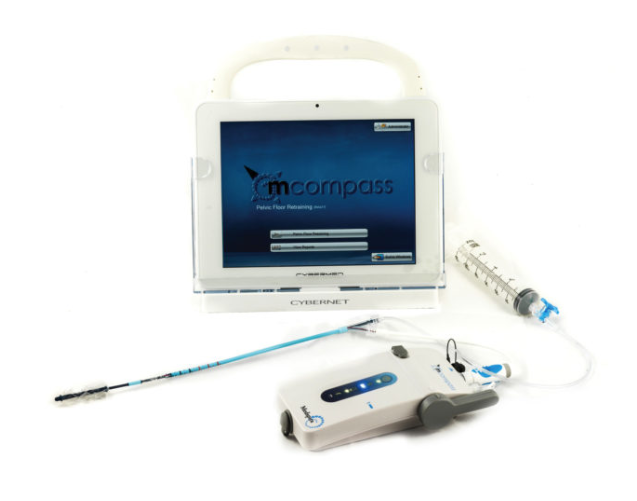

Anorectal Manometry
- Measures the pressure, sensation and reflexes of the sphincter muscles within the anus.
- Used in evaluating chronic constipation or faecal incontinence
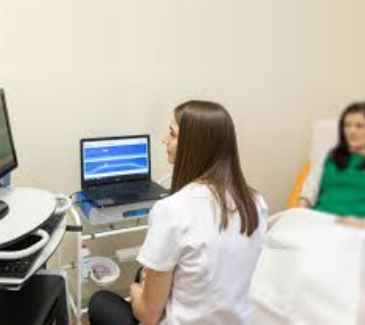

Manometric Biofeedback
- Option for patients suffering from faecal incontinence and chronic constipation
- Pelvic floor retraining exercises to strengthen muscles involved in bowel control without the need for more invasive treatments
- Visual biofeedback for patient participation
- Maximises patient’s potential to stay continent

Dynamic MRI Defaecography
- Dynamic MRI imaging during squeezing, straining and defaecation
- Excellent tool for assessing chronic constipation secondary to functional disorders of the pelvic floor such as prolapse and outlet obstruction.
- Valuable for selecting patients who are candidates for surgical treatment and for choosing the appropriate surgical approach
- No harmful ionizing radiation and allows excellent depiction of the surrounding soft tissues of the pelvis.
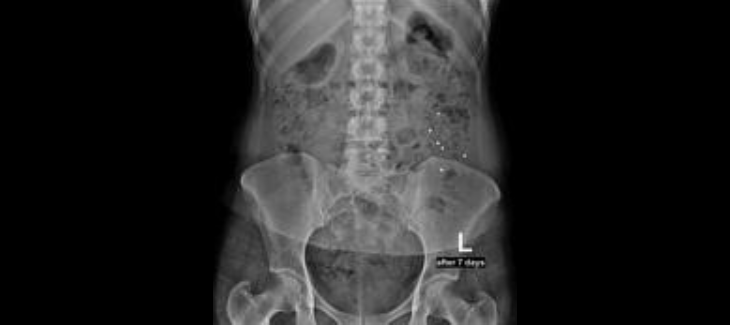
Colonic Transit Study
- To estimate colonic transit time to differentiate between slow colonic transit and defaecation disorders in constipation

CT colonography
- CT colonography, also known as virtual colonoscopy, uses low dose radiation CT scanning to obtain an interior view of the colon (the large intestine)



